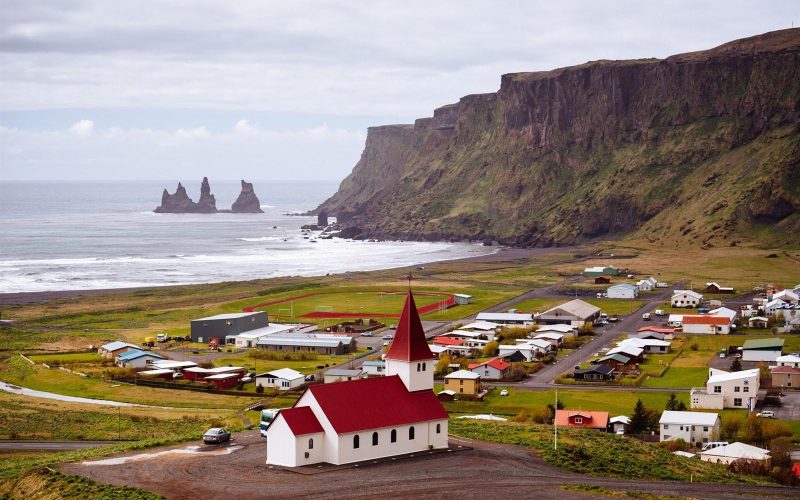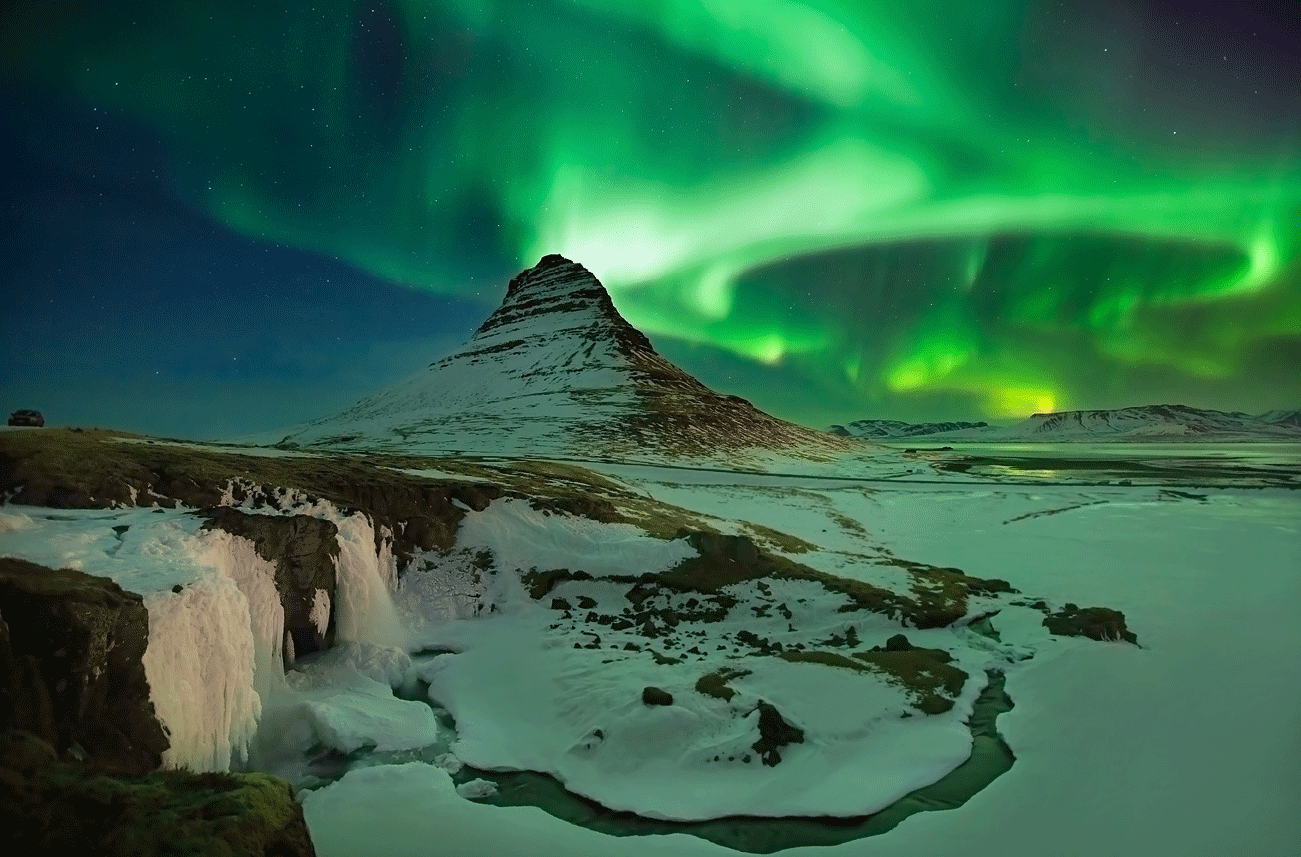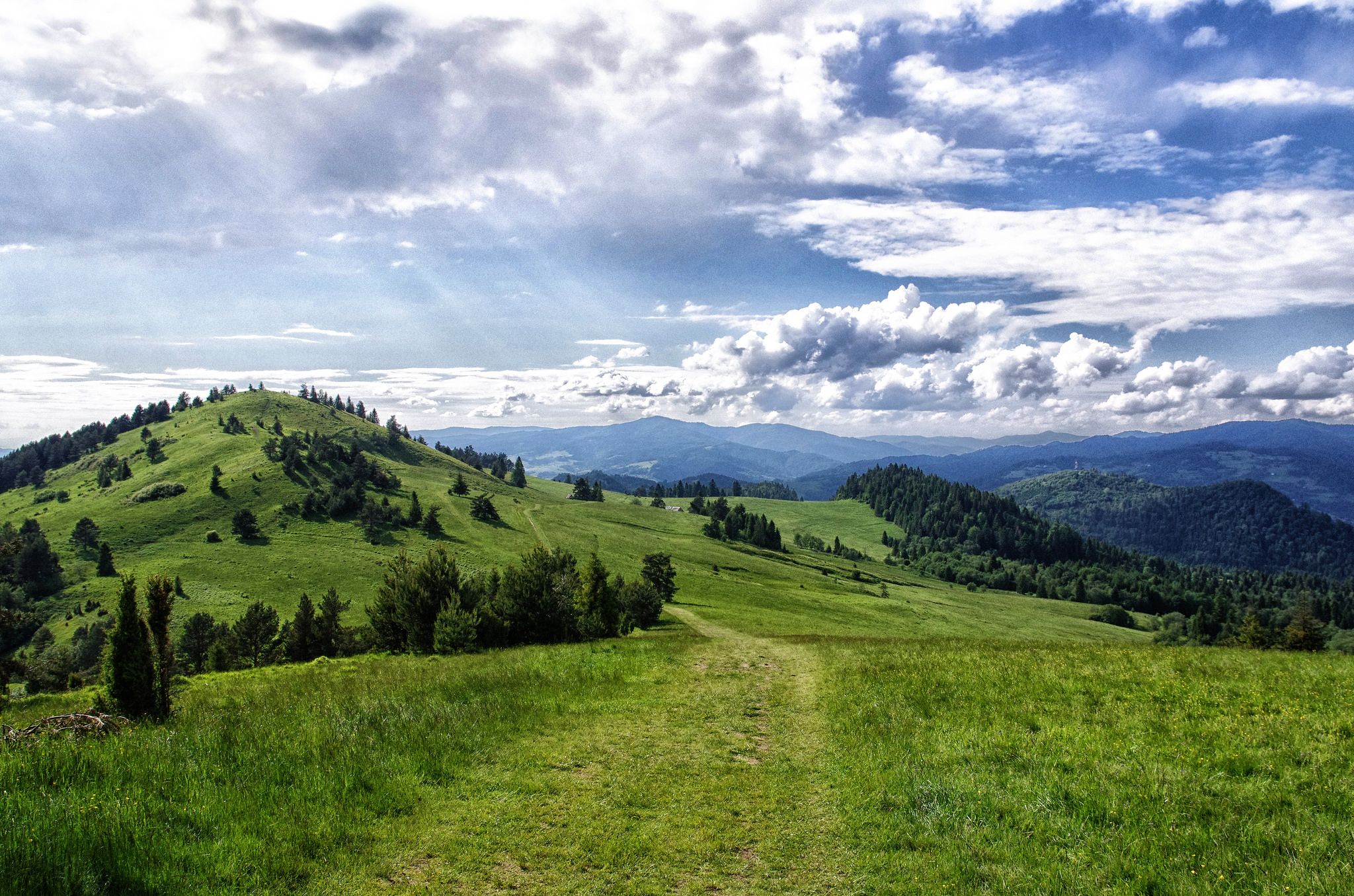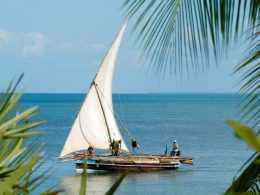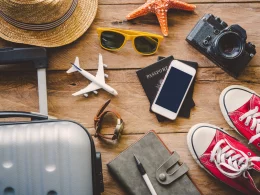The best time to explore Iceland’s ice caves is during the winter months, from November to March, when the ice is stable and accessible. During this period, the temperatures are cold enough to maintain the structural integrity of the ice caves, providing a safe environment for exploration.
Top Ice Caves to Explore
- Vatnajökull Ice Caves: Known for their stunning blue ice and vast size, the Vatnajökull ice caves are some of the most popular in Iceland. Guided tours offer a safe way to explore these incredible formations.
- Langjökull Ice Cave: This man-made ice tunnel allows for year-round exploration, offering visitors a unique opportunity to delve into the heart of a glacier.
Hiking Iceland’s Glaciers
Popular Glacier Hikes
Glacier hiking is a must-do adventure in Iceland. Some of the most popular glaciers for hiking include:
- Sólheimajökull Glacier: Easily accessible and suitable for beginners, Sólheimajökull offers guided hikes that allow you to explore its icy crevasses and ridges.
- Vatnajökull Glacier: The largest glacier in Europe, Vatnajökull offers challenging and rewarding hikes. The views from the glacier are unparalleled, showcasing the raw beauty of Iceland’s icy landscape.
Image by yandex.com
Safety Tips for Glacier Hiking
- Always hike with a certified guide who knows the terrain and can ensure your safety.
- Wear appropriate clothing and gear, including crampons and helmets.
- Be aware of the weather conditions, as they can change rapidly in Iceland.
Witnessing the Northern Lights
Best Time and Places to See the Northern Lights
The Northern Lights, or Aurora Borealis, are a magical phenomenon visible in Iceland. The best time to witness this spectacle is from September to April, when the nights are long and dark.
- Thingvellir National Park: Offers a stunning backdrop for Northern Lights viewing with its clear skies and minimal light pollution.
- Reykjavik: The capital city provides convenient Northern Lights tours, allowing visitors to escape the city’s lights for optimal viewing conditions.
Photography Tips for Capturing the Northern Lights
- Use a tripod for stability to prevent camera shake.
- Set your camera to a high ISO to capture the faint light.
- Experiment with long exposure times to capture the movement and colors of the aurora.
Soaking in Iceland’s Hot Springs
Famous Hot Springs to Visit
Iceland is home to numerous geothermal hot springs, perfect for relaxation.
- Blue Lagoon: The most famous hot spring, known for its milky blue waters and luxurious spa facilities.
- Secret Lagoon: Offers a more authentic and less crowded experience, with natural surroundings and a historic atmosphere.
Benefits of Soaking in Hot Springs
- Relaxation and stress relief: The warm, mineral-rich waters help soothe muscles and ease tension.
- Improved blood circulation: The heat from the springs promotes better circulation and overall health.
- Skin benefits: The minerals in the water can improve skin conditions and leave your skin feeling soft and rejuvenated.

What are the best months to visit Iceland for adventure activities?
The best months to visit Iceland for adventure activities are generally from June to August for summer activities like hiking and exploring waterfalls, and from November to March for winter activities like ice carving and Northern Lights viewing.
Do I need a guide for glacier hiking in Iceland?
Yes, it is highly recommended to hire a certified guide for glacier hiking in Iceland. Glacier terrain can be dangerous due to crevasses and unstable ice, and a guide ensures safety and provides essential equipment.
Can I see the Northern Lights year-round in Iceland?
No, the Northern Lights are best seen from September to April, during the long, dark nights. Summer months have nearly 24-hour daylight, making it difficult to see the aurora.
Are the hot springs in Iceland safe for bathing?
Yes, Iceland’s hot springs are generally safe for bathing. However, always check the temperature before entering and follow any posted safety guidelines. Some hot springs can be extremely hot.
What should I wear for outdoor activities in Iceland?
Layering is key in Iceland. Wear thermal underwear, a warm mid-layer, and a waterproof and windproof outer layer. Sturdy hiking boots and waterproof gear are essential, especially for glacier hikes and ice cave explorations.
Is it easy to get around Iceland for adventure activities?
Yes, renting a car is a popular and convenient way to get around Iceland. Many adventure spots are accessible by road, and there are numerous guided tours available for those who prefer not to drive.
Conclusion
Iceland is a land of unparalleled natural beauty and adventure. Whether you are exploring ice caves, hiking glaciers, soaking in hot springs, or witnessing the Northern Lights, each experience promises to be unforgettable. By following safety guidelines and respecting the environment, you can enjoy these adventures to the fullest. Plan your trip to Iceland and embark on an epic journey through the Land of Fire and Ice.






